Para-Cresidine

Para-Cresidine structure
|
Common Name | Para-Cresidine | ||
|---|---|---|---|---|
| CAS Number | 120-71-8 | Molecular Weight | 137.179 | |
| Density | 1.0±0.1 g/cm3 | Boiling Point | 235.4±20.0 °C at 760 mmHg | |
| Molecular Formula | C8H11NO | Melting Point | 50-52 °C(lit.) | |
| MSDS | Chinese USA | Flash Point | 102.1±15.0 °C | |
| Symbol |


GHS07, GHS08 |
Signal Word | Danger | |
| Name | 2-Methoxy-5-methylaniline |
|---|---|
| Synonym | More Synonyms |
| Density | 1.0±0.1 g/cm3 |
|---|---|
| Boiling Point | 235.4±20.0 °C at 760 mmHg |
| Melting Point | 50-52 °C(lit.) |
| Molecular Formula | C8H11NO |
| Molecular Weight | 137.179 |
| Flash Point | 102.1±15.0 °C |
| Exact Mass | 137.084061 |
| PSA | 35.25000 |
| LogP | 1.55 |
| Vapour density | 4.7 (vs air) |
| Vapour Pressure | 0.1±0.5 mmHg at 25°C |
| Index of Refraction | 1.549 |
| Water Solubility | Slightly soluble in hot water. |
CHEMICAL IDENTIFICATION
HEALTH HAZARD DATAACUTE TOXICITY DATA
MUTATION DATA
|
| Symbol |


GHS07, GHS08 |
|---|---|
| Signal Word | Danger |
| Hazard Statements | H302-H319-H350 |
| Precautionary Statements | P201-P305 + P351 + P338-P308 + P313 |
| Personal Protective Equipment | Eyeshields;full-face particle respirator type N100 (US);Gloves;respirator cartridge type N100 (US);type P1 (EN143) respirator filter;type P3 (EN 143) respirator cartridges |
| Hazard Codes | T:Toxic; |
| Risk Phrases | R22;R45 |
| Safety Phrases | S53-S45 |
| RIDADR | NONH for all modes of transport |
| WGK Germany | 3 |
| RTECS | BZ6720000 |
| Packaging Group | I; II; III |
| Hazard Class | 6.1 |
| HS Code | 2922199090 |
| Precursor 8 | |
|---|---|
| DownStream 10 | |
| HS Code | 2922299090 |
|---|---|
| Summary | 2922299090. other amino-naphthols and other amino-phenols, other than those containing more than one kind of oxygen function, their ethers and esters; salts thereof. VAT:17.0%. Tax rebate rate:13.0%. . MFN tariff:6.5%. General tariff:30.0% |
|
Development of QSAR models for predicting hepatocarcinogenic toxicity of chemicals.
Eur. J. Med. Chem. 44 , 3658-64, (2009) A dataset comprising 55 chemicals with hepatocarcinogenic potency indices was collected from the Carcinogenic Potency Database with the aim of developing QSAR models enabling prediction of the above u... |
|
|
Biopartitioning micellar chromatography to predict mutagenicity of aromatic amines.
Eur. J. Med. Chem. 42 , 1396-402, (2007) Mutagenicity is a toxicity endpoint associated with the chronic exposure to chemicals. Aromatic amines have considerable industrial and environmental importance due to their widespread use in industry... |
|
|
Chromosome 11 allelotypes reflect a mechanism of chemical carcinogenesis in heterozygous p53-deficient mice.
Carcinogenesis 22(1) , 89-98, (2001) Mice heterozygous for a null p53 allele were administered three well-characterized carcinogens to learn more about mechanisms of carcinogenesis and to evaluate the p53-deficient mouse as a tool for id... |
| Para-Cresidine |
| EINECS 204-419-1 |
| 6-Methoxy-m-toluidine |
| 2-Methoxy-5-methylbenzenamine |
| 2-Methoxy-5-methylaniline |
| Cresidine |
| Benzenamine,2-methoxy-5-methyl |
| 5-Methyl-o-anisidine |
| Para Cresidine |
| p-cresidine |
| MFCD00007815 |
| Benzenamine, 2-methoxy-5-methyl- |
| 2-amino-4-methylanisole |
| 1-amino-2-methoxy-5-methylbenzene |
| Krezidin |
| 3-Amino-4-methoxytoluene |
| 2-methoxy-5-methyl aniline |
| 5-methyl-2-methoxyaniline |
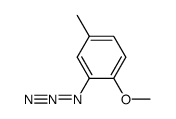 CAS#:77721-47-2
CAS#:77721-47-2 CAS#:104-93-8
CAS#:104-93-8 CAS#:119-10-8
CAS#:119-10-8 CAS#:106-43-4
CAS#:106-43-4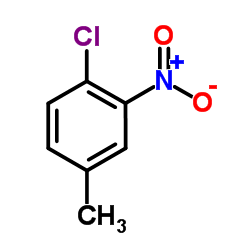 CAS#:89-60-1
CAS#:89-60-1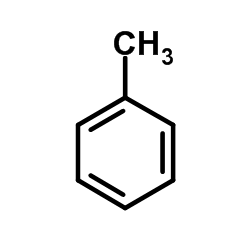 CAS#:108-88-3
CAS#:108-88-3 CAS#:119-33-5
CAS#:119-33-5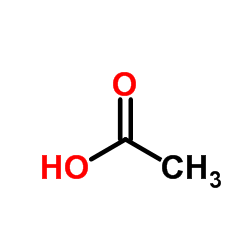 CAS#:64-19-7
CAS#:64-19-7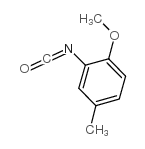 CAS#:59741-04-7
CAS#:59741-04-7 CAS#:39522-26-4
CAS#:39522-26-4![4-[(4-Amino-5-methoxy-2-methylphenyl)azo]benzenesulfonic acid structure](https://image.chemsrc.com/caspic/156/40947-69-1.png) CAS#:40947-69-1
CAS#:40947-69-1 CAS#:50597-88-1
CAS#:50597-88-1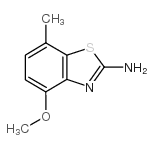 CAS#:88686-30-0
CAS#:88686-30-0 CAS#:25045-36-7
CAS#:25045-36-7 CAS#:88686-29-7
CAS#:88686-29-7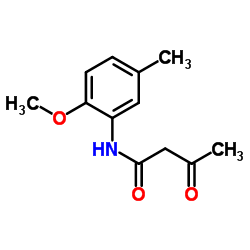 CAS#:85968-72-5
CAS#:85968-72-5 CAS#:53078-70-9
CAS#:53078-70-9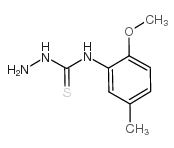 CAS#:71058-34-9
CAS#:71058-34-9
